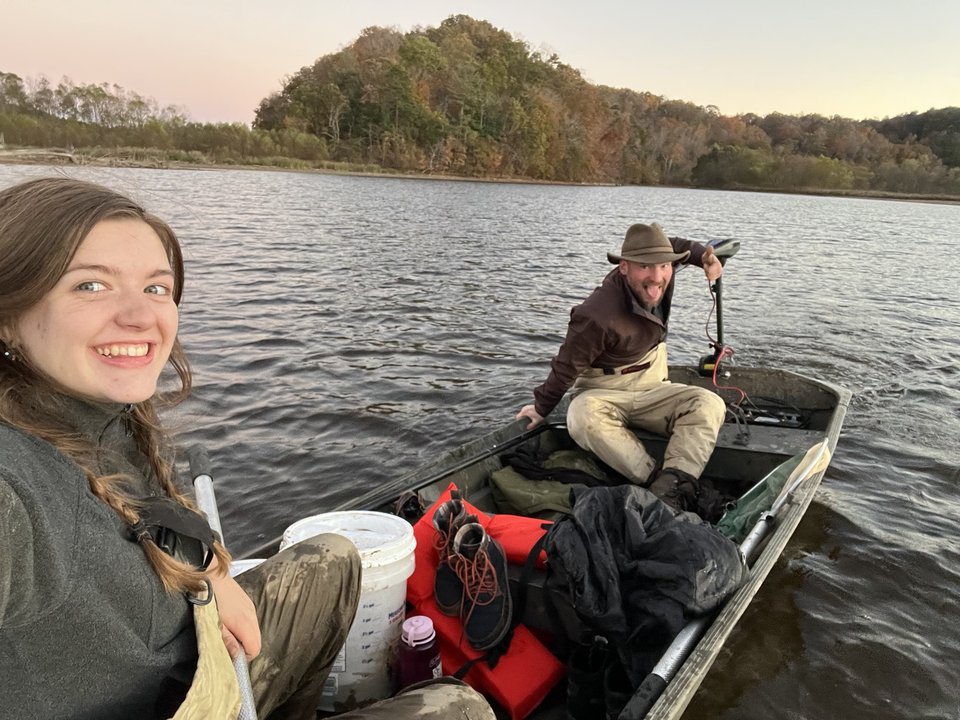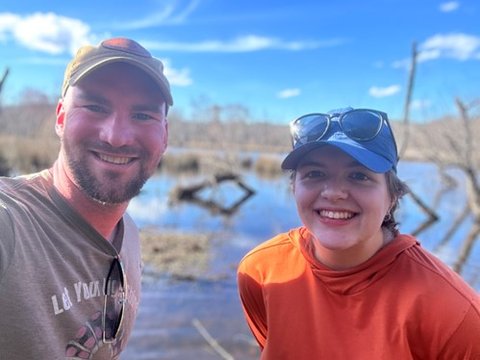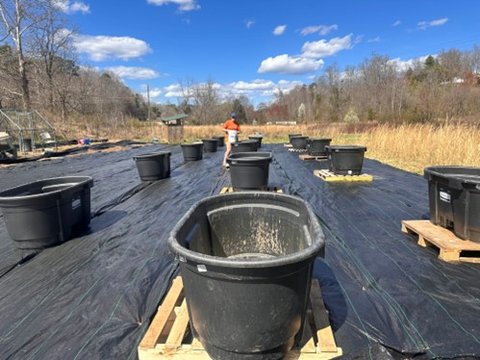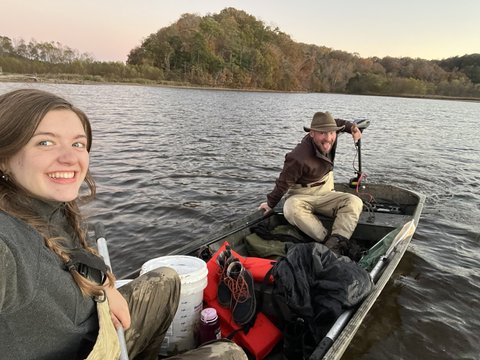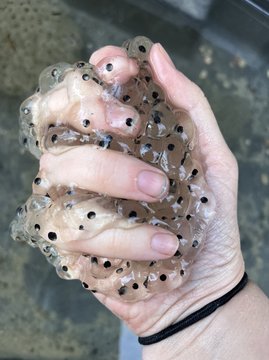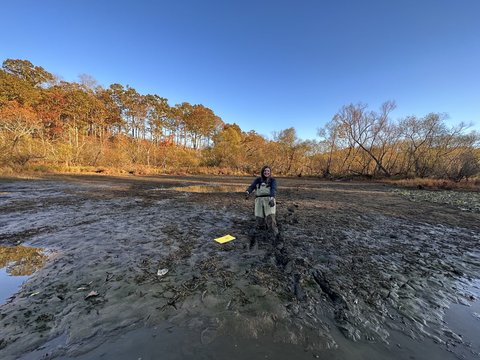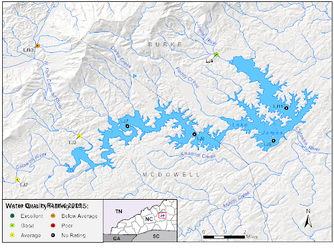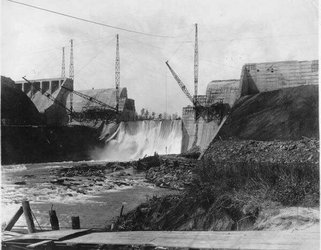Do you know that LJEA supports college students and faculty doing research in the Lake James watershed?
Montreat College student Zoe Riggs and her advisor, Professor Holbrook, are funded by LJEA to research the effects of invasive aquatic vegetation on wetland communities. They are studying the effects of Parrot Feather and Hydrilla on macroinvertebrates (insects, etc.) and amphibians by looking at their growth rates in mesocosms (100-gallon tubs) in an outdoor laboratory. They will document how aquatic and riparian species change based on the density of invasive plant cover in wetlands along the edge of Lake James. The funding enables them to construct equipment, such as throw traps and mesocosms, to spend time in the field collecting data, and to run lab experiments.
Want to learn more? Zoe’s research will be published this fall, and she will present it at the annual Lake James Watershed Symposium in November. If you would like to support LJEA’s water quality monitoring and student research efforts, please consider becoming a Water Quality Monitoring Sponsor. Learn more at: https://www.ljea.org/watershed-programs/water-quality-monitoring/water-quality-monitoring-program-sponsors/.
Photo 1: Zoe Riggs and Professor Holbrook in one of the wetlands that adjoin Lake James. In the field, they make in-situ observations and collect materials to construct the outdoor mesocosm laboratory.
Photo 2: Beginning preparation of the outdoor mesocosm laboratory near the west end of Lake James. These 100-gallon tubs hold wetland soils, plants, and organisms extracted from our wetlands. Combining in-situ field studies with observation of the growth of fauna and flora, both native and non-native invasives, within these mesocosms will help build our understanding of how invasive plants, such as Hydrilla and Parrot Feather impacts the wetland environment.
Photo 3: Zoe enjoys getting knee deep, or deeper, in our wetlands.
Photo 4: Collecting amphibian eggs to "seed" the mesocosms.
Photo 5: Heading out from the boat landing to perform field studies and collect materials from Lake James wetlands.
